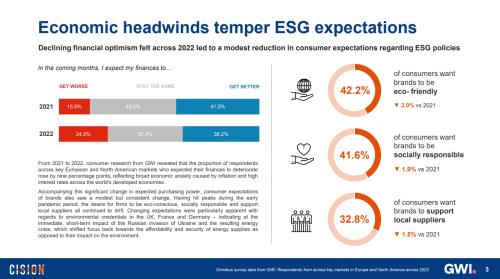HFT accounts for 30 percent of trades in UK, 60 percent in US and is set to grow more sophisticated and widespread, government-sponsored Foresight report says
The advent of high frequency trading has improved market liquidity and lowered transaction costs for both institutional and retail investors but also leads to periods of instability and low liquidity, according to a two-year study commissioned by the UK government.
The Foresight study finds that high frequency trading will grow more sophisticated and common in the future and recommended global oversight of computer-based trading, regulations that cover both the financial trading and software engineering sectors, and increased surveillance of financial markets through development of software for automated forensic analysis.
‘New technologies are creating new capabilities that no human trader could ever offer, such as assimilating and integrating vast quantities of data and making multiple accurate trading decisions on split-second time-scales,’ according to the report of the UK Government Office for Science.
‘Ever more sophisticated techniques for analyzing news are also being developed and modern automated trading systems can increasingly learn from monitoring sequences of events in the market.’
The report says that high frequency trading already accounts for some 30 percent of trading in the UK and likely more than 60 percent of trading in the US, and the rapid growth of the practice is ‘leading to increases in complexity as well as new dynamics, making markets ever harder to understand and to regulate, particularly in view of the rapid pace of change.’
The report concludes that a series of international and local measures are needed that help preserve the liquidity gains, increased efficiency of market prices and lower transaction costs provided by high frequency trading, while seeking to limit market volatility and general confusion surrounding the practice.
Searching for answers to the problems posed by high frequency trading, the study’s authors researched ‘a variety of policies proposed to address this new world of trading with the goals of improving market performance and reducing the risks of market failure’.
These include ‘notification of algorithms, circuit breakers, minimum tick size requirements, market maker obligations, minimum resting times, minimum order-to-execution ratios, periodic auctions, maker-taker pricing, order priority rules and internalization’.
It says that these measures can be effective, although, in most cases, they needed greater consistency across markets and some degree of international cooperation.
Analysis of so-called circuit breakers in various markets shows the tactic can prove effective but it should be coordinated across markets. The study’s authors also called for international cooperation in policy on `tick size,’ or the minimum amount an equity price can change in a trade.
The report states that minimum resting times can interfere with hedging strategies and that a policy requiring notification of algorithms would be ‘too vague and its implementation, even if feasible, would require excessive costs for both firms and regulators.’










